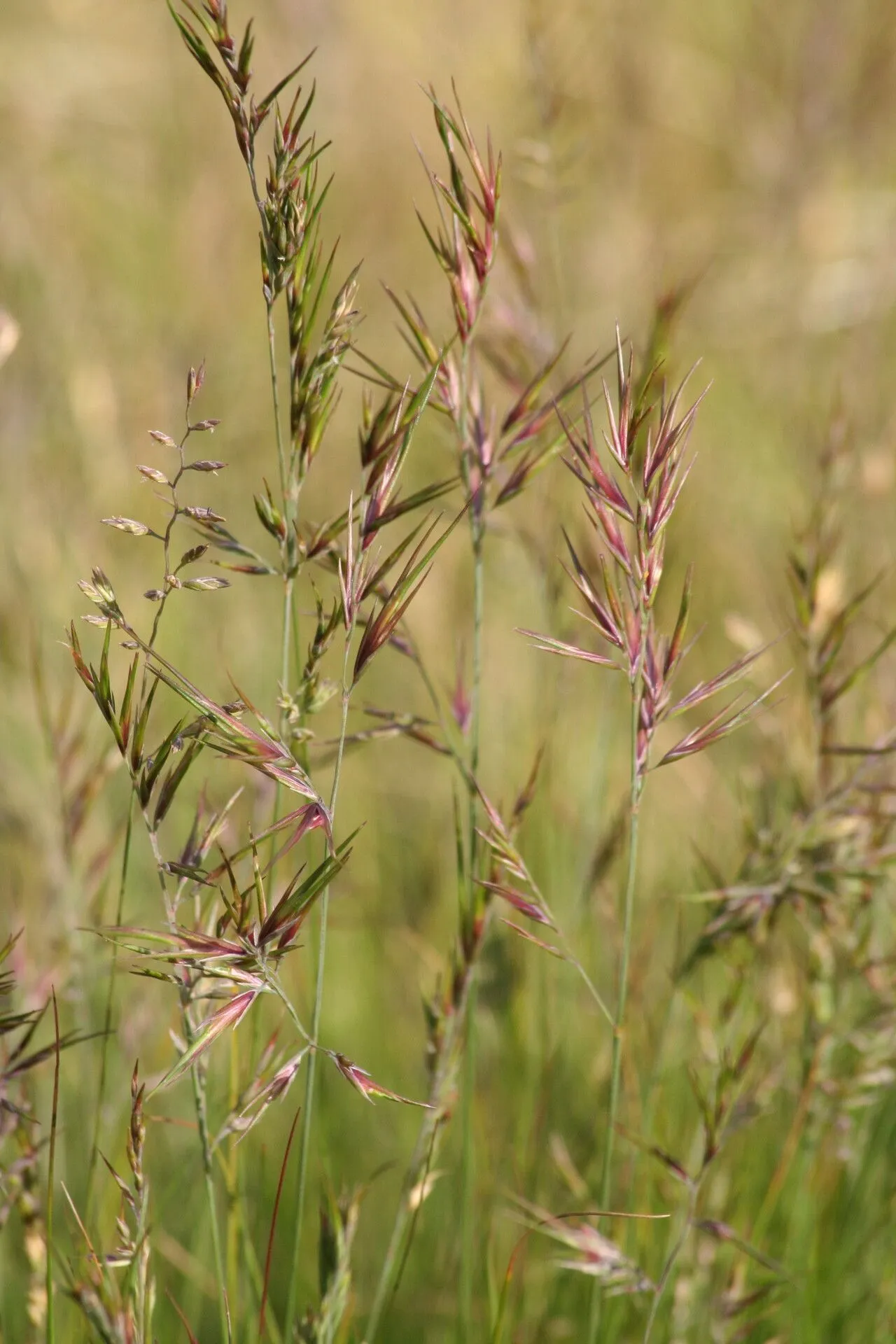
Author: (L.) Sm.
Bibliography: Comp. Fl. Brit. 1: 114 (1800)
Year: 1800
Status: accepted
Rank: species
Genus: Festuca
Vegetable: False
Observations: Greenland, N. & C. Europe to Russian Far East
Viviparous sheep’s-fescue, known scientifically as Festuca vivipara, is a perennial grass belonging to the Poaceae family. This hardy species is distinguished by its remarkable adaptability to a broad range of environmental conditions, making it a vital component of various ecosystems across its extensive native range.
Found in Greenland, Northern and Central Europe, and stretching as far as the Russian Far East, Festuca vivipara thrives in colder climates and nutrient-poor soils. This adaptability allows it to occupy habitats that are often inhospitable to other plant species, including alpine meadows, tundra regions, and subarctic landscapes.
One of the most distinctive features of Viviparous sheep’s-fescue is its viviparous reproduction method, where instead of producing seeds, it often forms plantlets on the inflorescence. These plantlets can take root and grow into new plants upon reaching suitable ground, which enhances the species’ ability to propagate and colonize new areas quickly. This trait is particularly advantageous in the harsh climates it inhabits, where conditions for seed germination might be less favorable.
The foliage of Festuca vivipara forms dense tufts, with slender, rolled leaves that are highly resistant to grazing and trampling. This durability makes it a key forge species for local wildlife and livestock in regions where it is prevalent. The grass provides a sustained food source throughout the year, contributing to the local ecological balance.
First formally described in the botanical literature “Comp. Fl. Brit.” in 1800 by L. Sm., Festuca vivipara continues to be an object of study for botanists and ecologists interested in plant adaptations and resilience. Its capacity to endure and prosper in adverse environments offers valuable insights into plant survival strategies, which could potentially inform conservation practices and the management of grassland ecosystems.
Whether carpeting the rugged terrains of Greenland or the wide-stretched fields of Europe and Russia, Viviparous sheep’s-fescue serves as a testament to the resilience of nature and the intricate ecological interactions that sustain life in some of the planet’s most challenging habitats.
Nob: geitsvingel
Nno: geitsvingel
Swe: groddsvingel, itunata
Fin: itunata
Eng: viviparous sheep’s-fescue, viviparous fescue
Sme: ihtositnu
Cym: peisgwellt bywhiliog, peisgwellt eginol, peiswellt bywhiliog
En: Viviparous Sheep’s-fescue, Viviparous Fescue
Fi: Itunata
Is: Blávingull
Ga: Feisciú beobhreitheach
Se: Ihtositnu
No: Geitsvingel
Nb: Geitsvingel
Nn: Geitsvingel
Sv: Groddsvingel, Itunata
Cy: Peiswellt bywhiliog, Peisgwellt Bywhiliog, Peisgwellt Eginol
Taken Jun 11, 2011 by Pedro Gaspar (cc-by-sa)
Taken Jun 11, 2011 by Pedro Gaspar (cc-by-sa)
Family: Myrtaceae Author: (F.Muell.) K.D.Hill & L.A.S.Johnson Bibliography: Telopea 6: 402 (1995) Year: 1995 Status:…
Family: Rubiaceae Author: Pierre ex A.Froehner Bibliography: Notizbl. Bot. Gart. Berlin-Dahlem 1: 237 (1897) Year:…
Family: Sapindaceae Author: Koidz. Bibliography: J. Coll. Sci. Imp. Univ. Tokyo 32(1): 38 (1911) Year:…
Family: Asteraceae Author: A.Gray Bibliography: Pacif. Railr. Rep.: 107 (1857) Year: 1857 Status: accepted Rank:…
Family: Fabaceae Author: Medik. Bibliography: Vorles. Churpfälz. Phys.-Ökon. Ges. 2: 398 (1787) Year: 1787 Status:…
Family: Aspleniaceae Author: (Cav.) Alston Bibliography: Bull. Misc. Inform. Kew 1932: 309 (1932) Year: 1932…